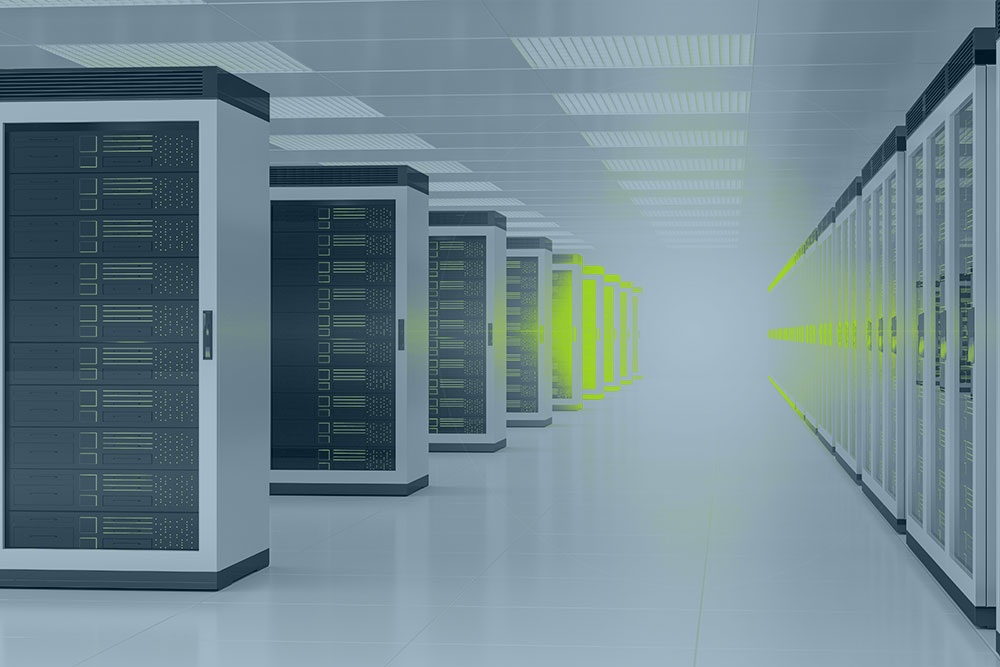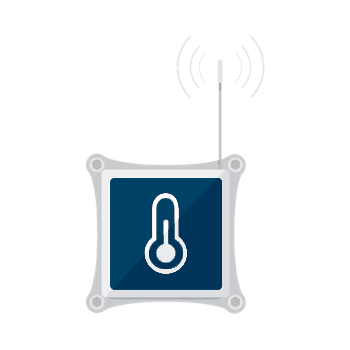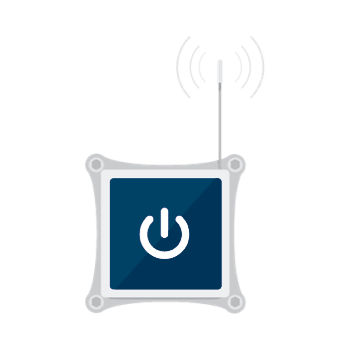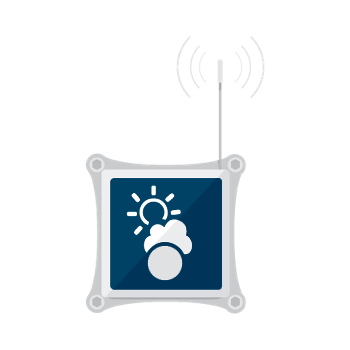There are a number of solutions for Organisations who store their key equipment, such as servers and network switches, entirely on-premise or within a datacentre with limited infrastructure stored locally.
Each network solution has it’s own challenges and IoT can provide help to safeguard the equipment and monitor the environment to ensure the Organisation remains fully operational.
On-Premise
Over the years network equipment, such as switches, IP telephone systems have become fundamental to any organisations data and voice communications. Surprisingly, in many circumstances, the storage of this equipment is limited to a room, no larger than a small cupboard and in an environment that is often unsuitable. Some organisations will control the temperatures with a domestic air-cooling unit with little or no active monitoring and under continuous load will fail and run the risk of water overflowing onto network equipment.
The solution
Through the use of IoT and wireless sensors, the temperature, humidity and the flood risk can be monitored and evasive action taken should pre-determined controls be breached.




